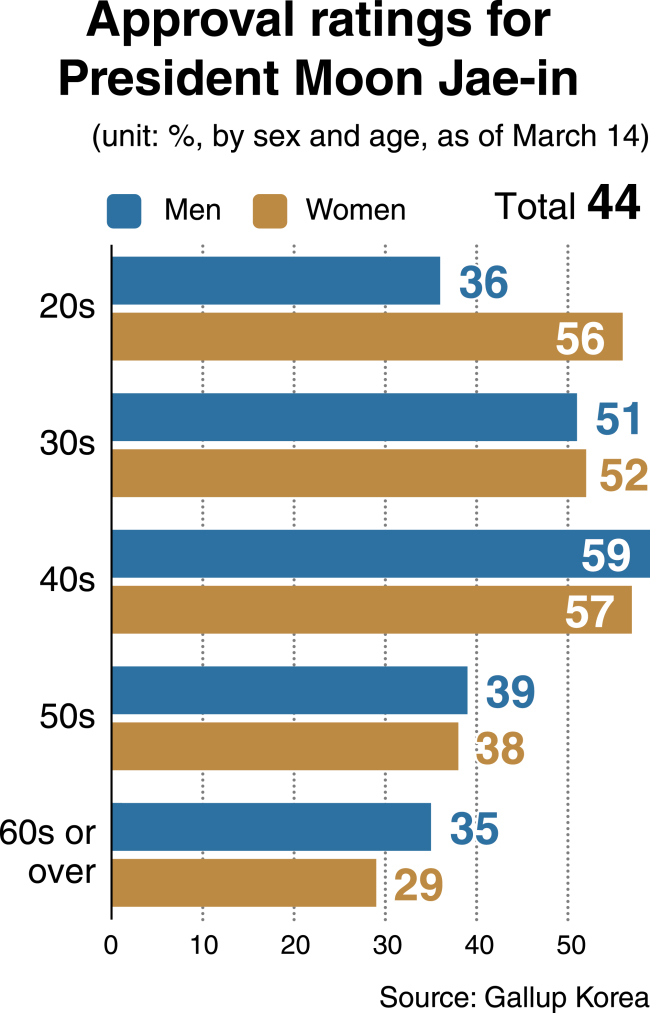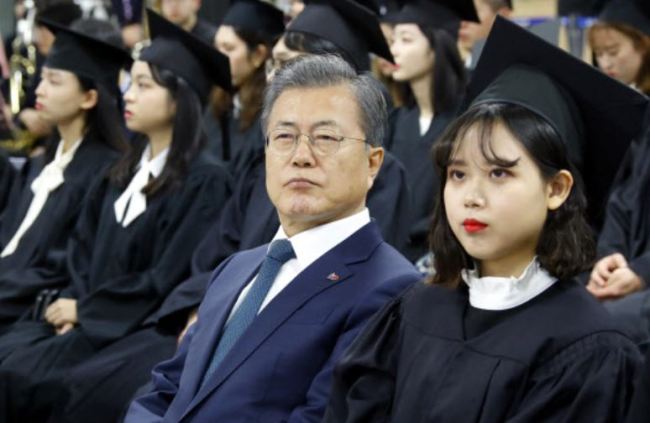SEJONG -- The chances are high that the Ministry of Economy and Finance will eventually propose a motion on a supplementary budget to the National Assembly in the coming weeks, according to recent remarks from ruling party lawmakers and Cheong Wa Dae officials.
Moreover, market insiders say, a bigger interest could be the scale of the extra budget and policymakers’ position against possible backlash from the public and political oppositions.
In June 2017, when an earlier supplementary budget bill worth 11 trillion won ($9.7 billion) was unveiled, the Moon Jae-in administration cited “worriers over mass unemployment among the youth” as a main reason for additional spending.
At the time, it claimed that the jobless rate among young Koreans had climbed rapidly since 2013, adding that the sentiment-reflected youth jobless rate was hovering the critical level of 24 percent when President Moon Jae-in took office.

(Graphic by Heo Tae-seong/The Korea Herald)
The “sentiment-reflected” unemployment includes temporary employees with less than 36 hours’ work a week who want to change jobs, and those out of work for certain periods, despite eligibility, when the surveys were conducted.
However, despite the injection of the taxpayers’ money, the index has yet to improve over the past two years. The sentiment-reflected jobless rate has instead worsened to peak at 24.4 percent as of February 2019, the highest since Statistics Korea launched the monthly index-calculation in January 2015.
This means 1 out of every 4 Koreans aged 15-29 have de facto been in the unemployment status.
Since the latter half of 2018, the Moon administration has been denounced for disappointing performance in its ability to create reliable employment for young job seekers. Though the government argues that the number of youths employed has increased, experts remain point out that that the quality of jobs is poor, and are less likely to go to college graduates in their mid- and late 20s.
While the employment rate among citizens aged between 15 and 29 rose by 0.7 percentage point on-year to 57.4 percent last month, the figure for those 25-29 fell by 0.1 percentage point to 69.5 percent.
Those in their 30s and 40s saw their employment rates drop by 0.5 percentage point and 0.2 percentage point, respectively, to 74.9 percent and 78.3 percent.
A Sungshin University professor was quoted by a news outlet as saying that “the number of hired people in their 60s increased quite a lot in February. But this was attributed to public jobs, backed up by taxes.”
He predicted that “unless there are changes in the policy paradigm, productivity depression in the manufacturing sector will be unavoidable. In accordance, the labor market hardships among the 20s, 30s and 40s will likely continue.”
Should the government really pick the extra-budget option in the coming weeks, an issue among legislators in charge of assessment and ordinary citizens must be the appropriateness and efficacy of the tax money-injection as the third phase, following 2017 and the second (worth 3.9 trillion won) in 2018.
Research analysts issue the feasibility that the government might appeal in terms of spending on tackling fine-dust; boosting sluggish exports; financing the self-employed; as well as curbing the jobless rates.
Starting from late March, the government will move to provide some job seekers aged between 18-34 with 500,000 won a month for up to six months per individual, whose monthly household income (including their parents’ income) is under 5.54 million won. More than 330,000 people are estimated to be eligible to apply, according to the Ministry of Employment and Labor.
This is inviting public criticism -- an online commenter linked the policy with sliding approval ratings for Moon, while many others called it an abuse of the taxpayers’ money.
According to the poll conducted by Gallup Korea from March 12-14, the support rating for Moon among the respondents in their 20s -- which contributed strongly to Moon’s 2017 election victory, was 45 percent -- down more than 20 percentage points from about 70 percent about a year ago.

President Moon Jae-in makes his visit to the graduation ceremony at a university in Bucheon, Gyeonggi Province on Feb. 21, 2019. In his celebration speech, Moon called on graduates “to trust the value of justice and fairness that (they) learned in schools, and trust the support from the nation.” (Yonhap photo)
Particularly, Moon’s approval rating among men in their 20s stood at 36 percent as of this month.
Moon’s collective approval rating among men and women in all age groups fell to the record-low of 44 percent. By age and sex, those among women in their 60s or above marked the lowest, 29 percent, followed by male 60s or over with 35 percent, (male 20s with 36 percent) and female 50s with 38 percent.
It indicates that, based on Gallup Korea surveys, Moon’s rating, which recorded 54 percent in the poll between Nov. 6-8, 2018, plunged by 10 percentage points in four months.
The recent Gallup poll also showed that a large portion of interviewees were skeptical about the president’s capability for economic and people’s livelihood affairs and his giving much weight to North Korean policies.
More than 30 percent of those, who expressed pessimism toward the incumbent administration, picked “slack performance in the economy” for their negative views, followed by those, 24 percent, picking Moon’s “North Korea policies.”
By Kim Yon-se (kys@heraldcorp.com)







